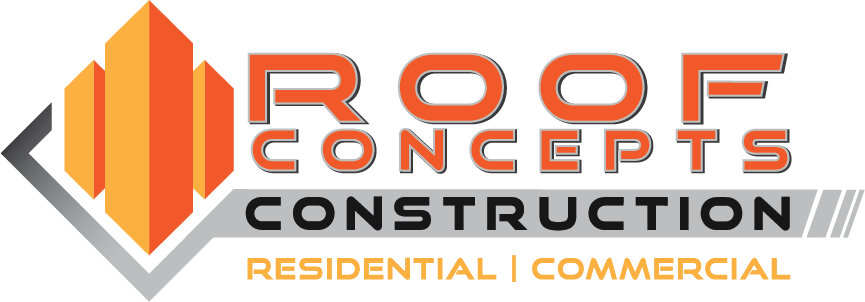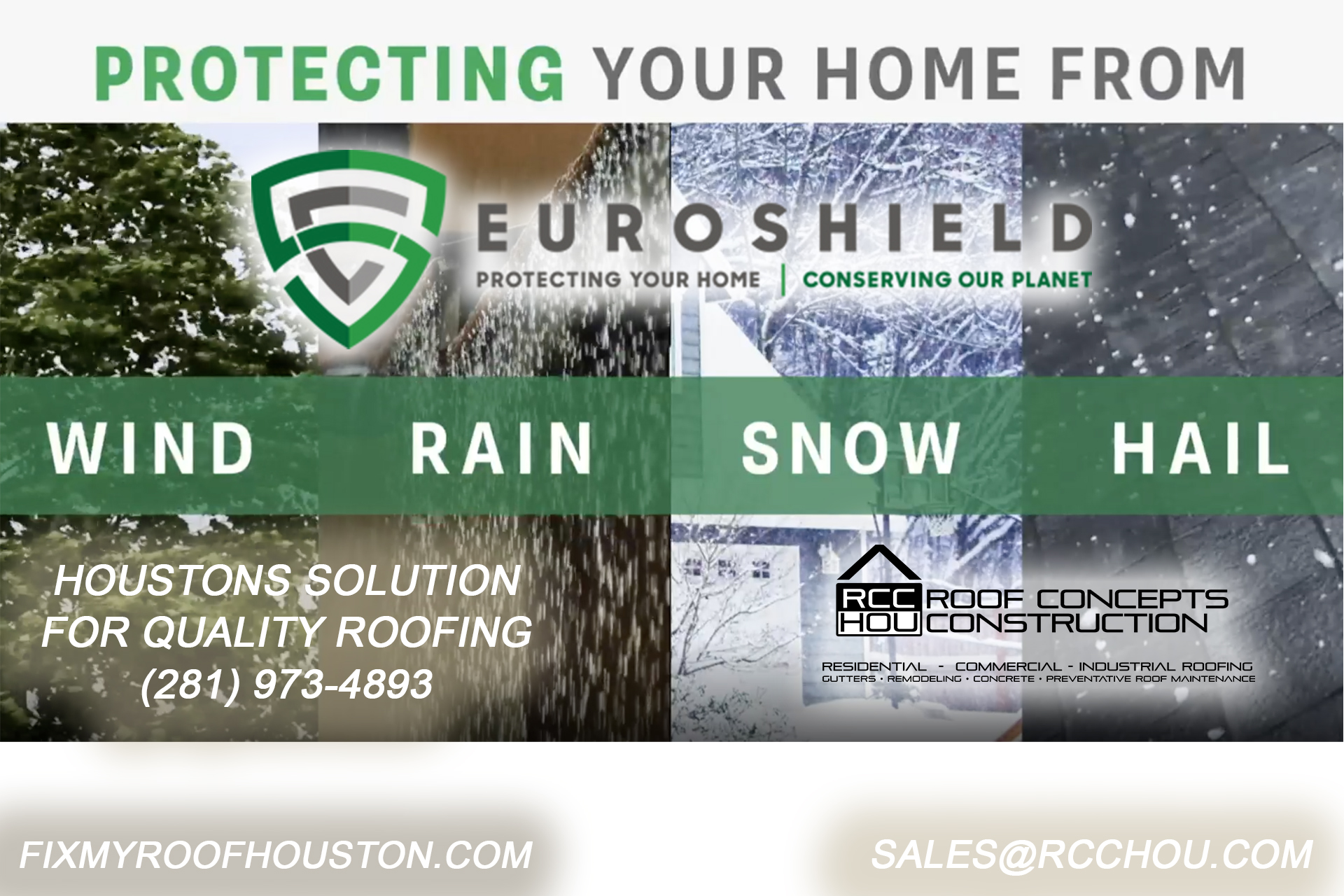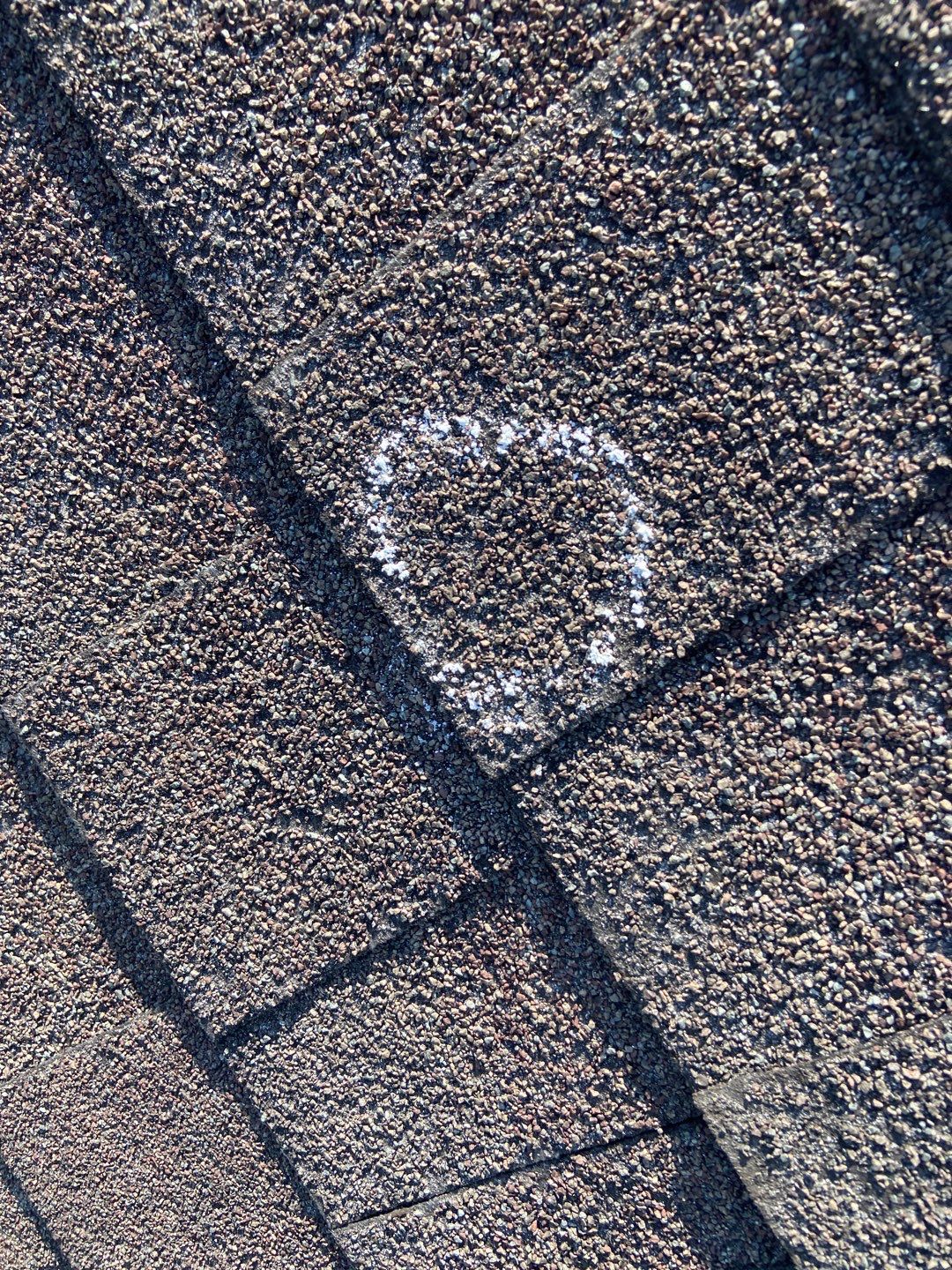
How to Choose Roof Colors for Resale Value and Energy Efficiency
The color of your roof is more than just an aesthetic choice; it affects both the resale value of your home and its energy efficiency. While it’s easy to focus on curb appeal and the immediate visual appeal of a roof color, it’s important to also consider how that color influences energy consumption, long-term maintenance, and overall home comfort. In this comprehensive guide, we will explore how to choose the best roof color to maximize both resale value and energy efficiency, ensuring that your home remains an attractive, energy-efficient asset for years to come.
Understanding the Impact of Roof Colors on Resale Value
When selling a home, first impressions are crucial. A home’s roof significantly contributes to its overall curb appeal, and its color can influence how potential buyers perceive the home.
Curb Appeal and Market Trends
The color of your roof affects how the rest of your home looks and feels. Homes with a roof that complements the exterior features—like the siding, trim, windows, and landscaping—create a cohesive and polished appearance. Buyers are naturally attracted to homes that appear well-maintained and thoughtfully designed, and the roof plays a large part in that impression. Current market trends show that neutral and natural colors, such as shades of gray, brown, and black, continue to be the most popular for residential roofing. These colors are timeless and appeal to a wide variety of tastes, making them safer choices for boosting resale value. However, while neutral colors work well in almost every setting, understanding regional preferences is also key—some colors may be more desirable depending on your location, cultural influences, or the architectural styles that dominate your area.
A roof color that stands out in a positive way can give your home a competitive edge in a crowded market, while an overly bold or unconventional color might limit potential buyers. For example, a bright orange roof may be striking but could alienate buyers who prefer more traditional aesthetics.
Matching the Roof Color with Exterior Elements
The roof color should be in harmony with the rest of your home’s exterior. For instance, a house with light-colored brick siding, like white or light beige, may look best with a dark gray or even black roof, which creates a striking contrast. On the other hand, a house with natural stone or earthy tones might be better suited to a roof in shades of brown or green.
Some homes may have trim or shutters in vibrant or distinctive colors. If you are considering a bold roof color, be sure it doesn’t clash with these features. A muted or neutral roof can balance out stronger colors on the exterior, ensuring a unified look that appeals to potential buyers.
Regional Preferences
Homebuyers’ preferences for roof color can vary significantly by region. For example:
- In colder climates, such as the Midwest or Northeast, darker roofs are common because they help absorb heat, which can reduce heating costs during the winter months.
- In warmer areas, such as Florida or Southern California, lighter roofs are favored because they reflect heat and keep homes cooler during the summer.
Understanding local market trends and climate can give you valuable insight into what buyers in your area may prefer. Consulting a local real estate agent or roofing professional can help you understand color preferences specific to your neighborhood, ensuring that your color choice appeals to the broadest audience.
Energy Efficiency and Roof Color
The color of your roof plays a crucial role in how your home interacts with the external environment. Whether your home absorbs or reflects heat can impact the temperature inside and, consequently, your energy bills. Choosing the right roof color can save money and improve comfort, especially when combined with proper insulation and ventilation.
Light vs. Dark Roof Colors
- Light-Colored Roofs: Lighter colors, such as white, light gray, or beige, reflect more sunlight, keeping your home cooler in hot weather. This can drastically reduce the amount of energy you spend on cooling your home with air conditioning. In regions where temperatures soar, light-colored roofs are a great choice to keep your cooling costs low. A well-ventilated attic coupled with a light-colored roof helps to prevent heat buildup in your home.
- Dark-Colored Roofs: Darker roofs, such as black, dark gray, or deep brown, absorb heat from the sun. This heat absorption is beneficial in cooler climates where heating costs are a concern. During the colder months, the warmth retained by dark roofs can help reduce your reliance on heating systems. However, in hot climates, dark roofs can increase air conditioning demands.
Reflective Coatings and Cool Roofs
In addition to choosing a light-colored roof, reflective coatings are becoming increasingly popular in improving energy efficiency. These coatings are applied to the roof’s surface to increase its ability to reflect sunlight. Some cool roofs, for example, have highly reflective materials like white or light-colored granules embedded in them to reduce heat absorption. Even dark-colored roofs can be made energy-efficient with reflective coatings, helping to lower energy consumption without sacrificing aesthetic preferences.
Cool roofs also offer additional benefits, such as reducing the “urban heat island effect” where built-up areas become significantly hotter than their rural surroundings due to human activities and dark surfaces absorbing heat. A cool roof can mitigate this effect, contributing to a healthier environment.
Roof Color and Insulation
While roof color is a factor in temperature regulation, insulation also plays a critical role. Proper attic insulation and ventilation work together with roof color to optimize energy efficiency. For instance, a well-insulated attic can help maintain consistent indoor temperatures regardless of the roof color, making your home more comfortable year-round.
A combination of insulation, ventilation, and roof color can improve your home’s overall energy efficiency, reducing heating and cooling costs significantly.
Factors to Consider When Choosing a Roof Color
When deciding on the best roof color for your home, several factors come into play. It’s important to strike the right balance between aesthetics, energy efficiency, and long-term maintenance.
Architectural Style of the Home
The architectural style of your home often determines the most suitable roof colors. For example:
- Traditional Homes: Traditional homes typically look best with neutral, darker shades. Gray, brown, black, or dark slate tones work well to complement these classic styles.
- Modern Homes: For modern homes, lighter shades or bold colors like silver, cool gray, or even copper may work well, especially if you want to create a sleek, contemporary look.
- Cottage or Rustic Homes: If your home has a cottage or rustic style, earthy colors like deep green, rustic brown, or terracotta may match the natural surroundings. These colors often create a warm, inviting atmosphere and align well with rustic elements.
Your roof color should reflect the design and feel of your home’s architecture. An appropriate roof color can enhance the character and style of your home, while an inappropriate one may feel out of place and detract from the overall design.
Climate and Weather Conditions
As mentioned earlier, climate is a key determinant in roof color selection. In hot and sunny regions, a light-colored roof can significantly improve energy efficiency by reflecting more heat away from the home. Conversely, in cold climates, a dark roof can be beneficial by retaining heat and reducing heating costs. Additionally, local weather conditions such as frequent snow or heavy rainfall should be considered when choosing roofing materials and colors, as certain materials are better suited for specific climates.
Neighborhood and HOA Guidelines
If you live in a neighborhood with an HOA (Homeowners Association) or are part of a planned community, there may be restrictions on the colors you can choose for your roof. These guidelines help maintain uniformity in the neighborhood, which can enhance property values. Always check your HOA’s rules and local regulations before selecting a roof color.
Some neighborhoods may have specific color palettes that complement the overall aesthetic of the area, and failing to comply could result in penalties or the need to replace your roof. On the other hand, selecting a color that blends with the neighborhood’s style can help improve your home’s appeal to potential buyers.
Longevity and Maintenance
Roof color also affects the long-term appearance of your roof. Darker colors may show fading more readily than lighter shades, especially under the harsh rays of the sun. Additionally, lighter-colored roofs may be more prone to showing dirt, leaves, and other debris. If you live in an area with high winds or frequent storms, you may also need to consider how much maintenance your chosen color requires.
A roof that shows fewer signs of aging or dirt buildup can look better longer, which is an important consideration for maintaining resale value.
Roofing Materials and Color Options
Different roofing materials have unique properties that affect available color choices and their overall impact on energy efficiency.
Asphalt Shingles
Asphalt shingles are the most common roofing material due to their affordability and variety of colors. They come in a broad range of colors, from deep blacks and grays to lighter tones like beige and taupe. Asphalt shingles with reflective granules are available for energy efficiency, helping to reflect more sunlight and reduce heat absorption.
Metal Roofs
Metal roofing is durable, long-lasting, and highly energy-efficient. Metal roofs come in a wide range of colors, and they are often coated with reflective finishes to increase their energy efficiency. Light-colored metal roofs are particularly beneficial in warmer climates, as they can help reflect heat and lower cooling costs. Additionally, metal roofing is recyclable and can be a sustainable choice for environmentally conscious homeowners.
Tile Roofs
Clay and concrete tiles are commonly found in Mediterranean, Southwestern, and Spanish-style homes. These materials come in natural colors, such as terracotta, red, and brown, which blend well with warm and rustic architectural styles. Tiles can be glazed to create a reflective finish that enhances energy efficiency, making them a suitable option for both aesthetic appeal and practical benefits.
Wood Shakes and Shingles
Wooden shingles and shakes have a natural beauty that enhances the rustic or classic appearance of a home. These roofing materials can be stained in various shades of brown, green, and gray. While wood is an energy-efficient material in its own right, it may require more maintenance than other types of roofing materials, as it can weather over time.
Slate Roofs
Slate roofing is a premium option known for its elegance, durability, and timeless appeal. Available in colors like gray, green, purple, and black, slate roofs are often associated with historic or luxury homes. Although slate is durable, its high initial cost may limit its practical use for some homeowners.
The Role of Roof Color in Sustainability
Sustainability is becoming a crucial factor in the decision-making process for homebuyers, and choosing an energy-efficient roof can significantly contribute to your home’s eco-friendliness.
Cool Roof Technology
Cool roofs are specifically designed to reflect more sunlight and absorb less heat than traditional roofs. Made with reflective coatings, these roofs reduce the urban heat island effect and lower cooling costs for homeowners. A cool roof can help mitigate climate change by reducing the need for air conditioning in buildings.
Energy Star Ratings
Look for Energy Star-rated roofing materials, which meet specific standards for energy efficiency. These materials are tested for their ability to reflect sunlight and lower energy costs, and choosing Energy Star-rated products is an easy way to ensure your roof is energy-efficient.
Recycling and End-of-Life Considerations
As homeowners become more eco-conscious, many are looking for roofing materials that are recyclable or have a lower environmental impact. Metal and slate roofs are highly recyclable, while asphalt shingles are often repurposed for road construction. Choosing recyclable roofing materials can enhance your home’s appeal to environmentally conscious buyers and can make a difference in the overall sustainability of your property.
Practical Tips for Selecting the Right Roof Color
Test Samples in Different Lighting Conditions
Roof colors can look different in varying light conditions. Samples may appear much lighter or darker than they do on the roof, so it’s essential to test them at different times of the day. A roof color that looks great under the midday sun might not have the same effect in the early morning or evening.
Consider Long-Term Trends
Roof color trends can change over time, but classic and timeless colors will always hold value. While it’s tempting to choose a trendy color, it’s safer to opt for neutral or traditional tones that will have lasting appeal.
Consult a Professional
Roofing professionals can provide guidance based on their experience and knowledge of local market preferences. Consulting a professional roofer can help you choose a color that suits both the practical and aesthetic needs of your home.
Balance Aesthetics and Functionality
Aim to find a balance between a roof color that complements your home’s aesthetic and provides functional benefits in terms of energy efficiency. For example, if you prefer a darker color but live in a hot climate, look for ways to incorporate reflective coatings to mitigate the heat absorption of a dark roof.
Evaluate the Total Cost of Ownership
Consider the full cost of ownership when selecting a roof color, including the costs of installation, maintenance, energy savings, and resale value. Investing in a slightly more energy-efficient roof can lead to significant savings over time and improve your home’s appeal to future buyers.
Conclusion
Choosing the right roof color is a decision that impacts both the aesthetics and the long-term value of your home. By carefully considering factors such as climate, architectural style, energy efficiency, and resale potential, you can select a roof color that not only enhances curb appeal but also improves your home’s comfort, sustainability, and energy efficiency.
Ultimately, balancing style with functionality will ensure that your roof serves both aesthetic and practical purposes. With the right color choice, you can increase your home’s resale value, reduce energy consumption, and make a significant contribution to your home’s overall sustainability.


